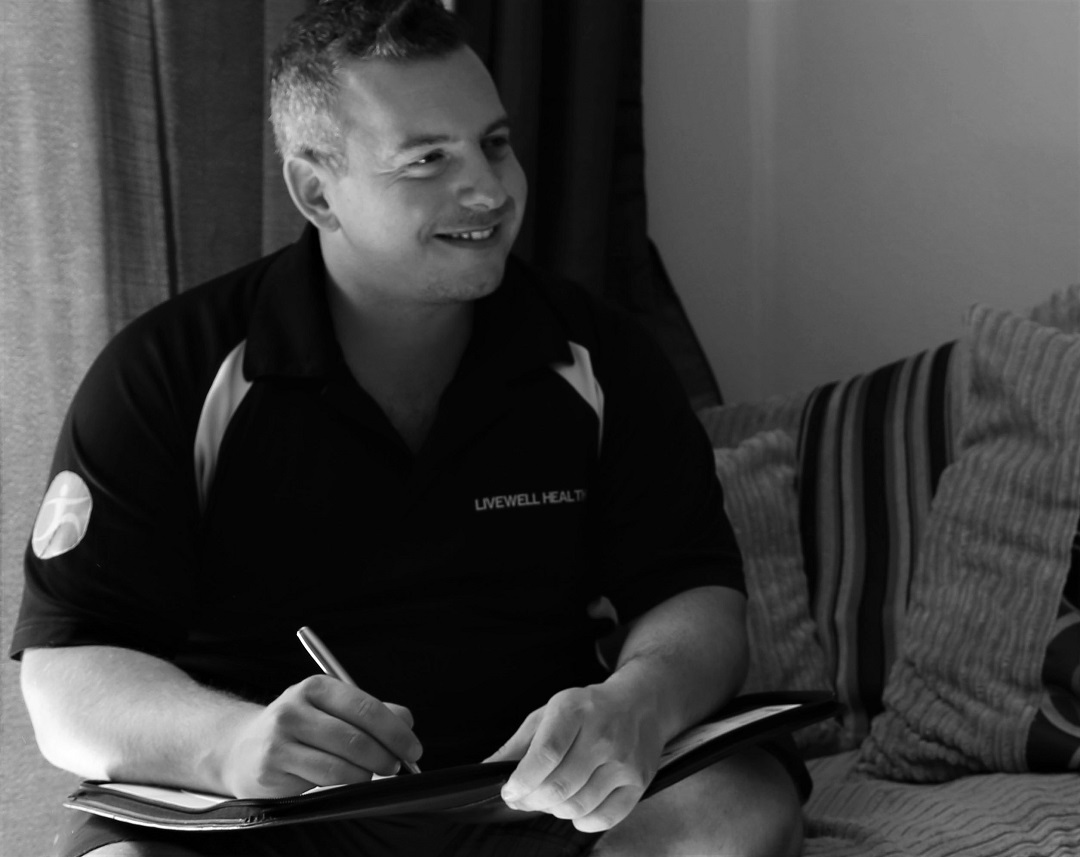Raynaud’s disease causes areas of the body, such as the fingers and toes, to feel numb and cold in response to cold temperatures or stress. It causes the smaller arteries that supply blood to the skin to narrow, limiting blood flow to affected areas, called vasospasm. There are two main types of Raynaud’s: Primary (or Raynaud’s disease), where the cause is unknown, and Secondary (Raynaud’s phenomenon) (less common), that occurs from an underlying disease, condition, medication, or lifestyle factors. Although there is no cure for Raynaud’s that occurs on its own, it can be controlled through treatment, that varies depending on the severity of symptoms. Lifestyle changes may be enough to manage the condition, however in more severe cases, medication and a sympathectomy may be recommended if other treatment have not worked.
Anatomy (what happens during an attack?)
Raynaud’s syndrome is an exaggerated version of a normal body process called vasomotor response, where the blood vessels open (vasodilation) and tighten (vasoconstriction) to help the body respond to its environment (such as cold weather or stress). Raynaud’s disrupts this process, causing the blood vessels to constrict greater than normal. This interrupts your normal blood flow and limits the oxygen available to your fingers or toes, and in rare cases can affect the nose or ears, in which symptoms typically last for around 15 minutes.
Symptoms
Symptoms of Raynaud’s are episodic (∼ 15 minutes). The symptoms can vary depending on the type of Raynaud’s (primary or secondary), which are usually milder for primary, as secondary is typically more severe, including skin ulcers.
- Cold fingers or toes
- Areas of the skin that may turn white to blue to red
- Cold and numb, prickly feeling or stinging pain of skin
- Skin ulcers and gangrene (only for secondary Raynaud’s)
Causes
The causes of Raynaud’s is still not fully understood, but cold temperatures are the most likely cause of an attack. For primary Raynaud’s the cause is unknown but is most common for females between the ages of 15-30 years, and those with a family history of primary Raynaud’s. For secondary Raynaud’s, an underlying disease or condition, such as lupus, scleroderma, can cause Raynaud’s, however, can also affect those with jobs, that require repetitive pressure on hands, such as keyboard operators, or those repetitively using hand tools such as chain saws. Certain medication can also increase the risk of developing secondary Raynaud’s such as beta-blockers and chemotherapy.
Diagnosis
Raynaud’s is usually easy to diagnose, however it is more difficult to differentiate between primary and secondary, where diagnostic tests may be required. Symptoms are the most common way to diagnose Raynaud’s, where you may be asked to take photos of your skin changing. A physical exam and diagnostic tests may then be performed to identify or rule out underlying condition as causes, some examples being nailfold capillaroscopy (to check for connective tissues disease), antinuclear antibody (to check for autoimmune disease), or complete blood count (to check for a range of conditions).
Treatment
Treatment often depends upon the severity of symptoms; however, lifestyle changes can be enough to manage the condition such as avoiding caffeine, cold spaces, touching cold objects, managing stress and strong emotions that triggers the attack, and wearing warmer clothes during cold weather. However, medication may be advised, to relax and open the smaller blood vessels (calcium-channel blockers), or a cream to apply to your fingers to heal any skin ulcers (Nitroglycerin skin ointment). In more severe instances, if the treatment methods are not working, a procedure called sympathectomy may be recommended, which temporarily blocks or cuts small nerves near the affected blood vessels, that prevents the blood vessels getting too narrow. This procedure should relive symptoms between 1-2 years.


